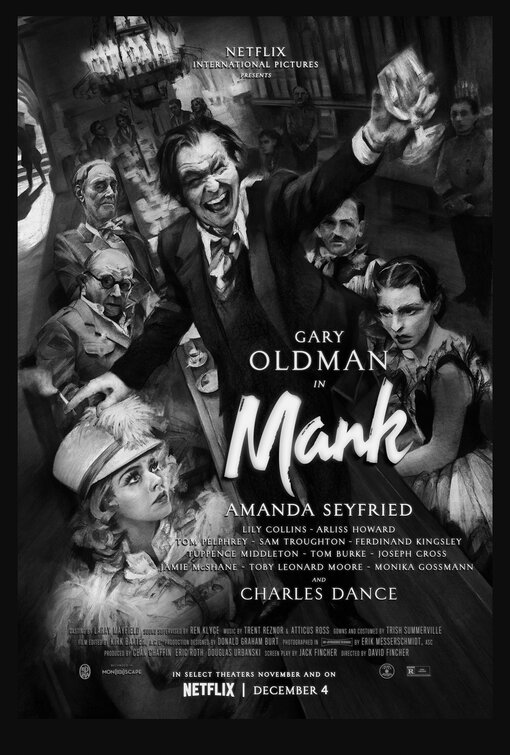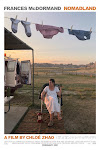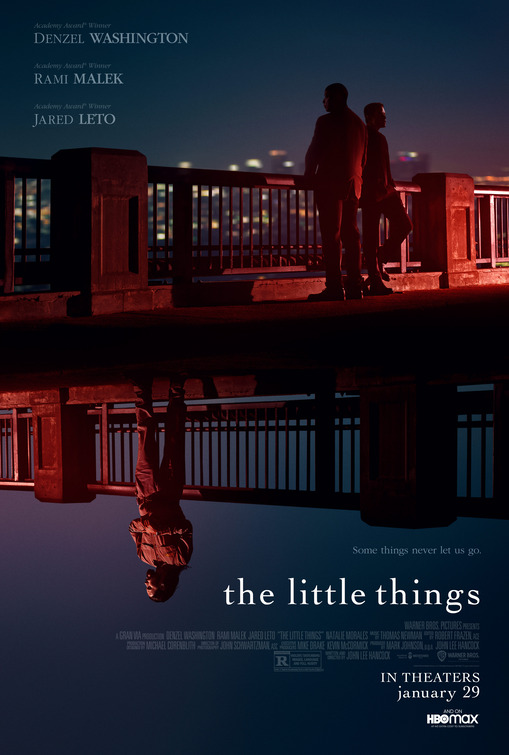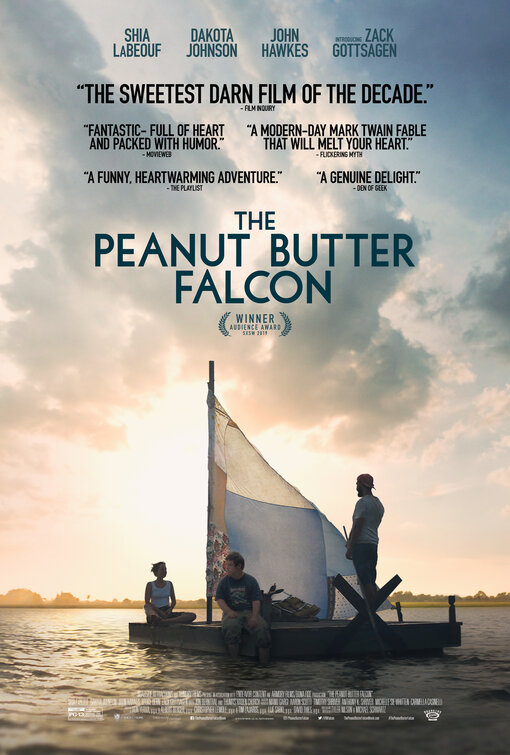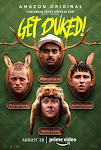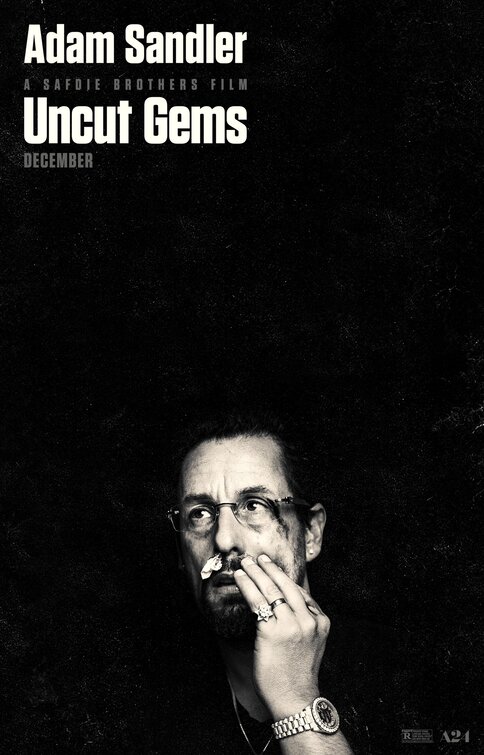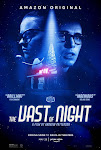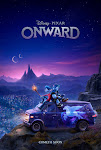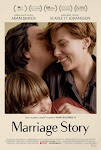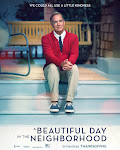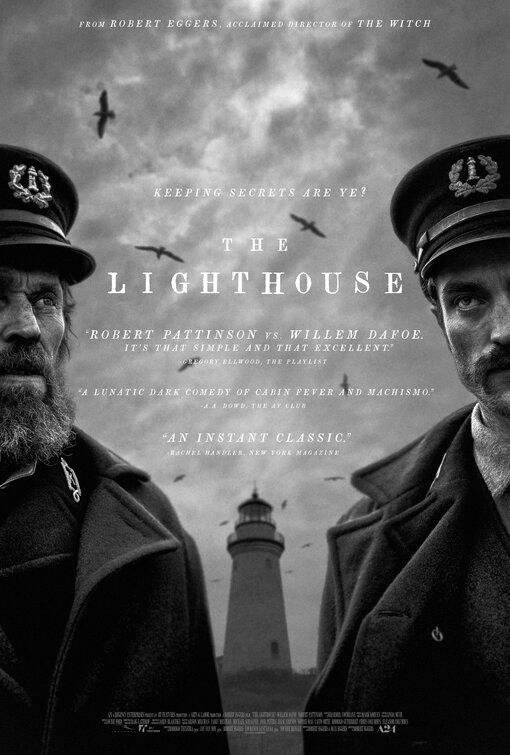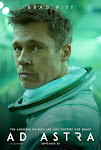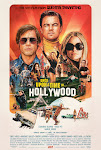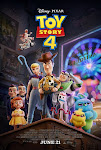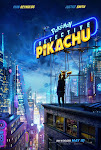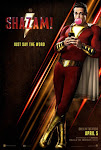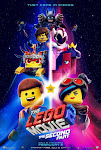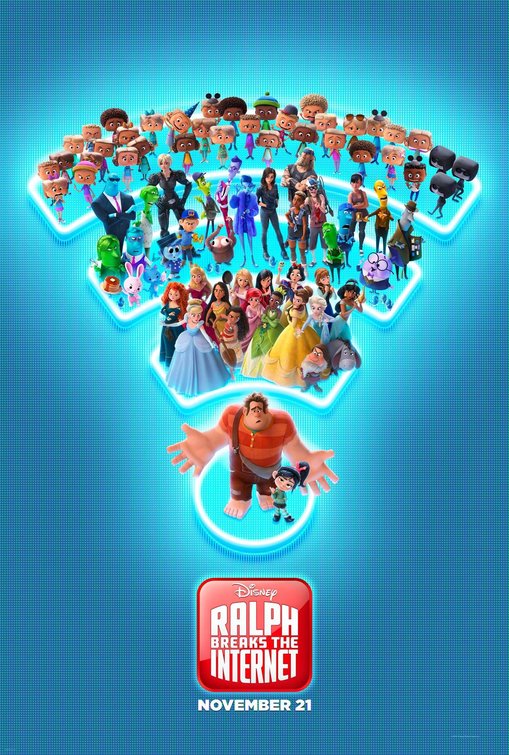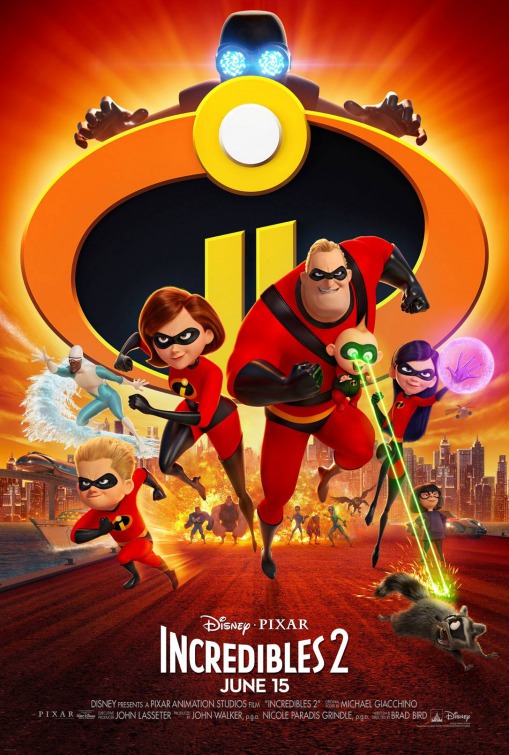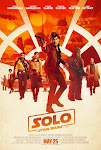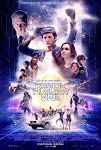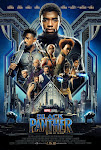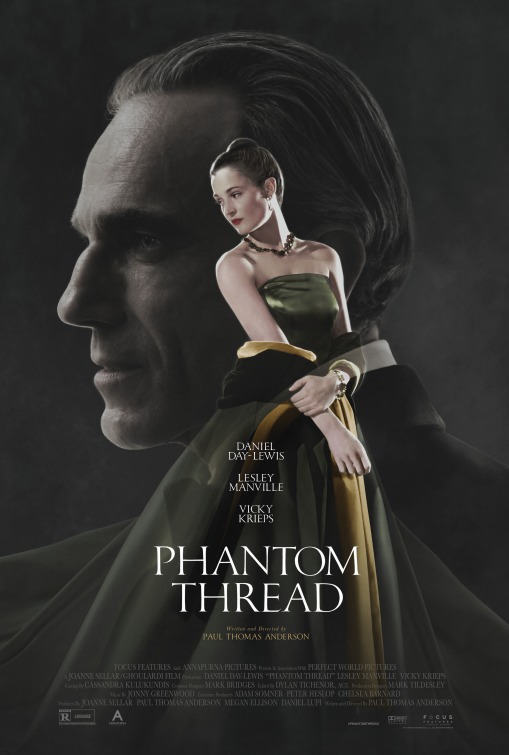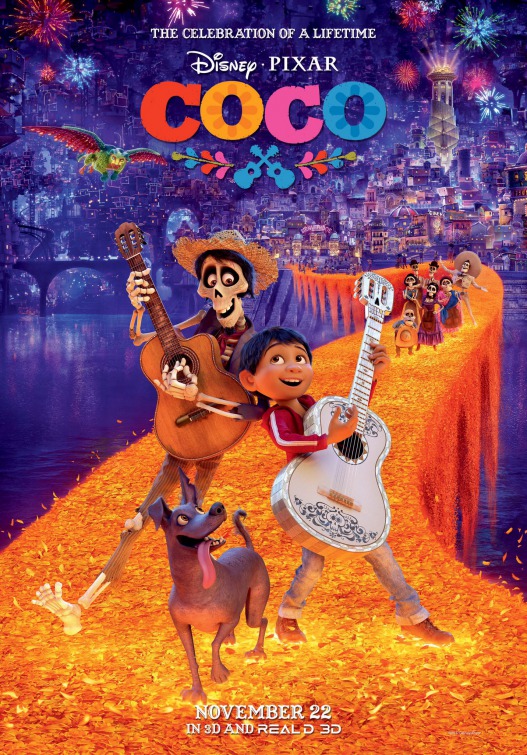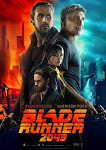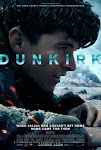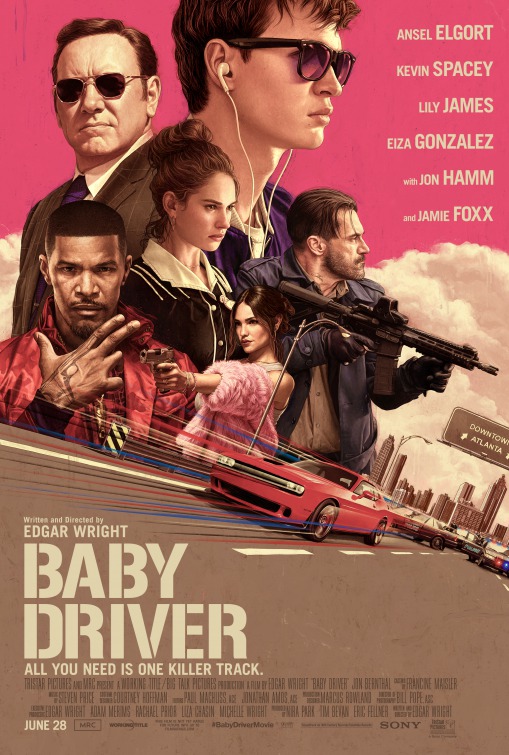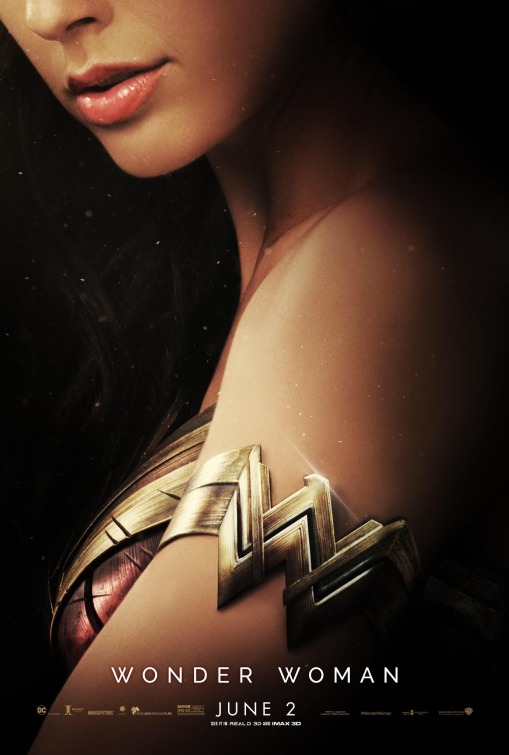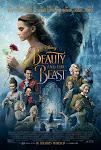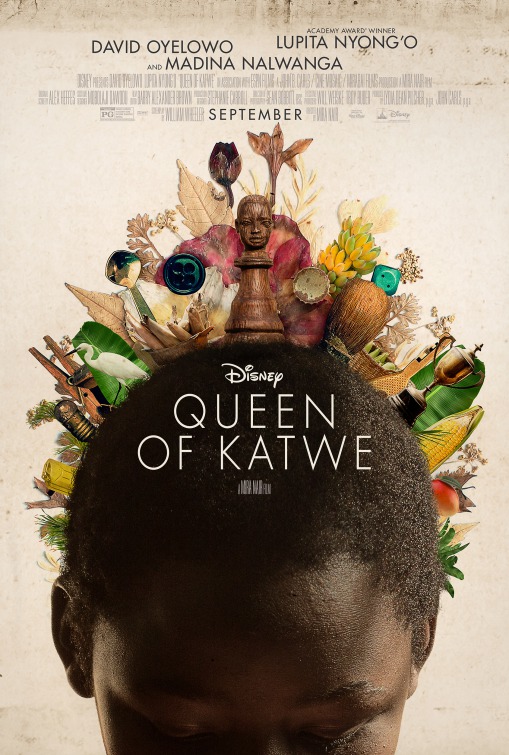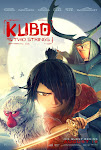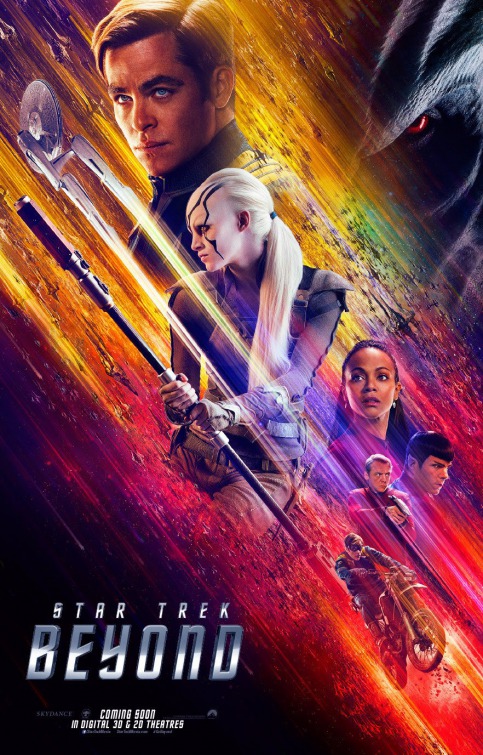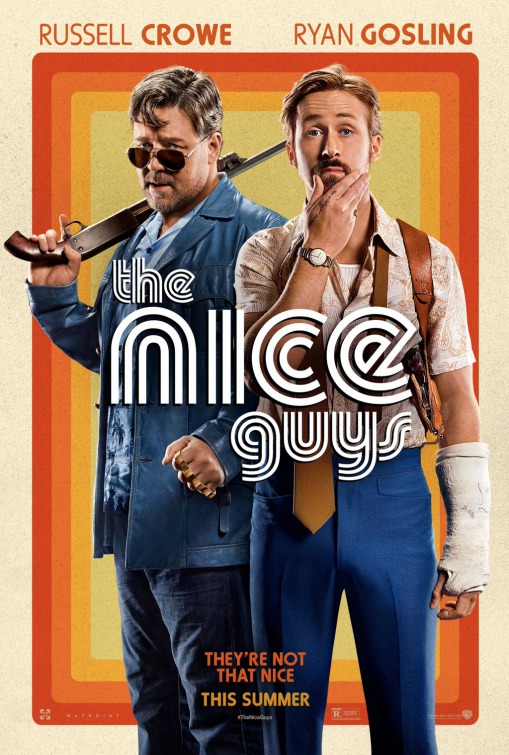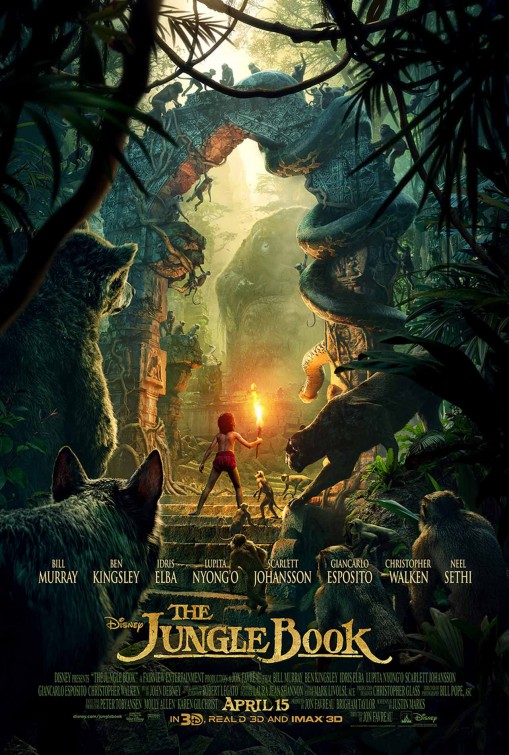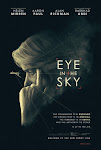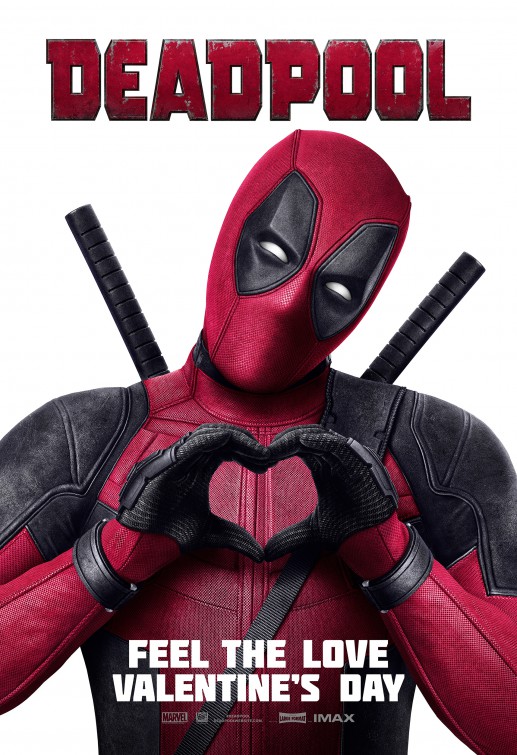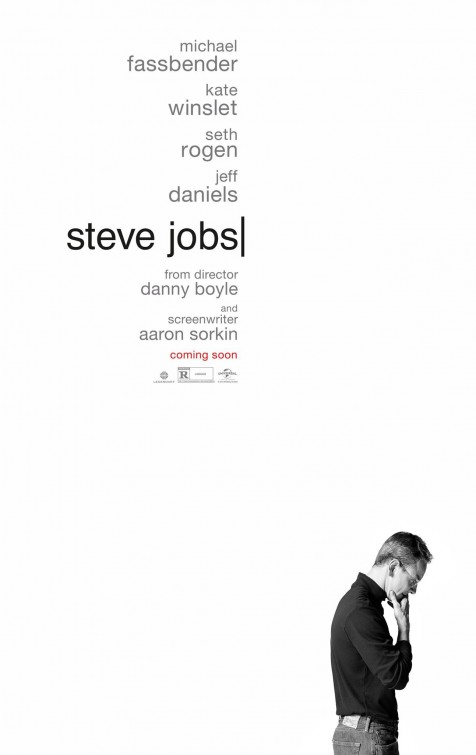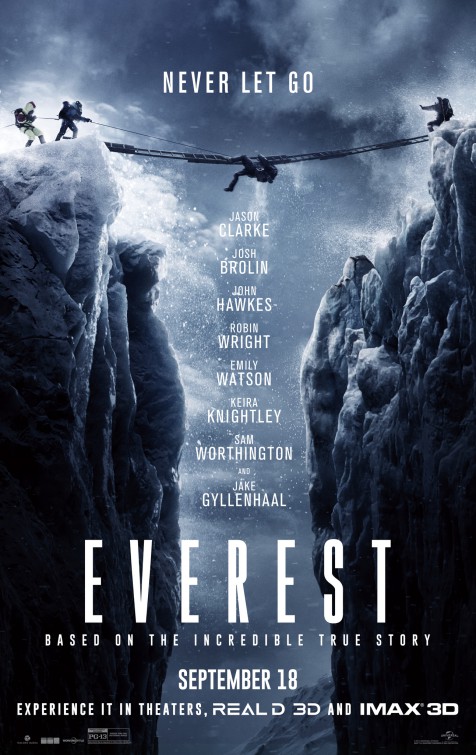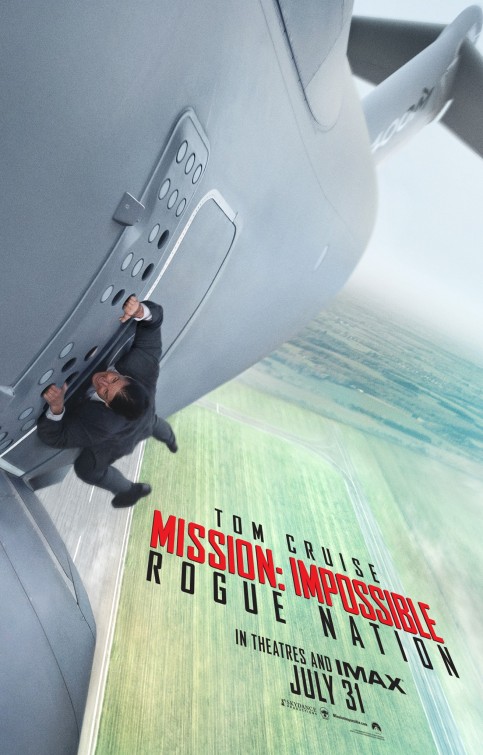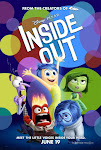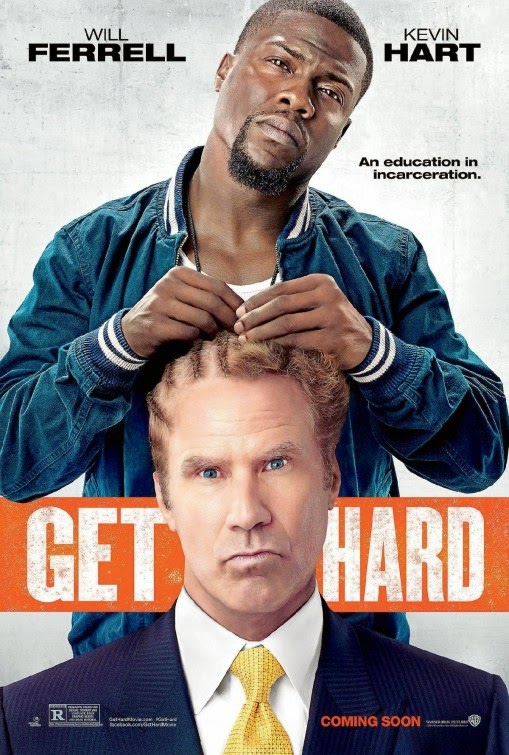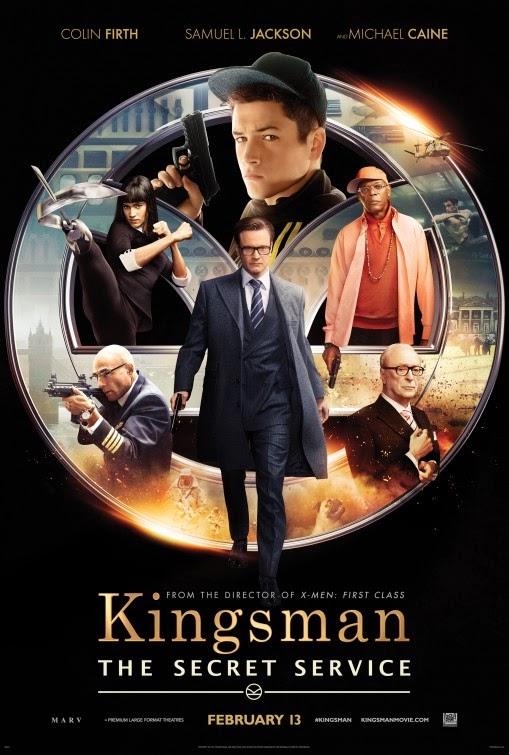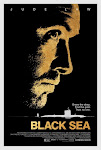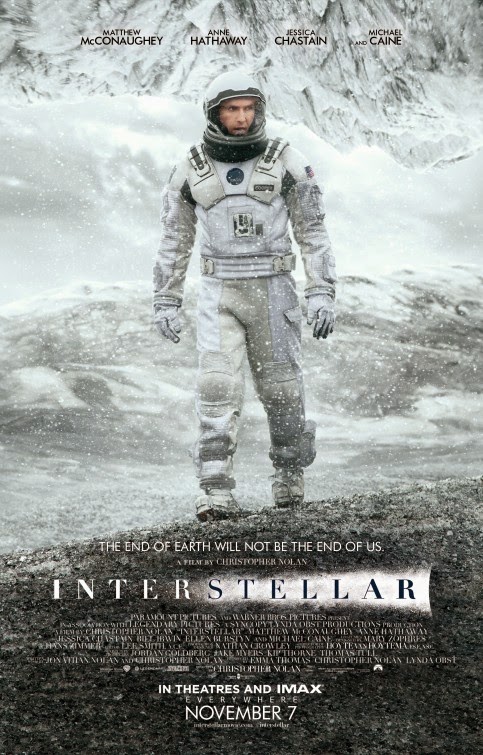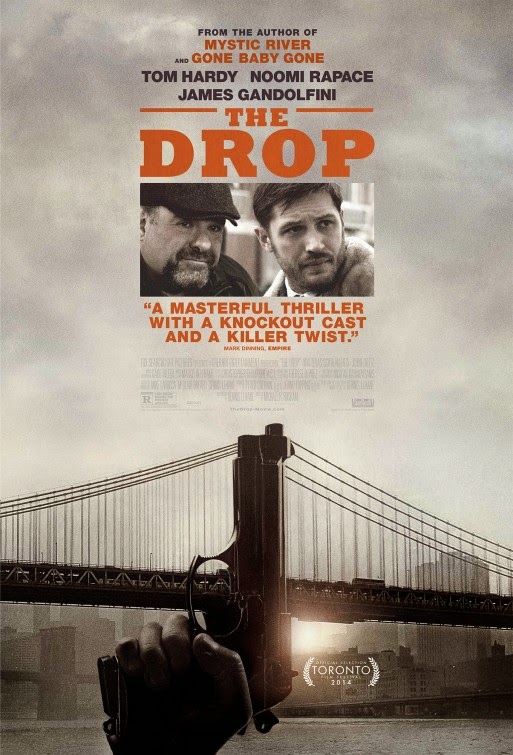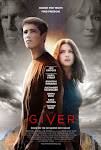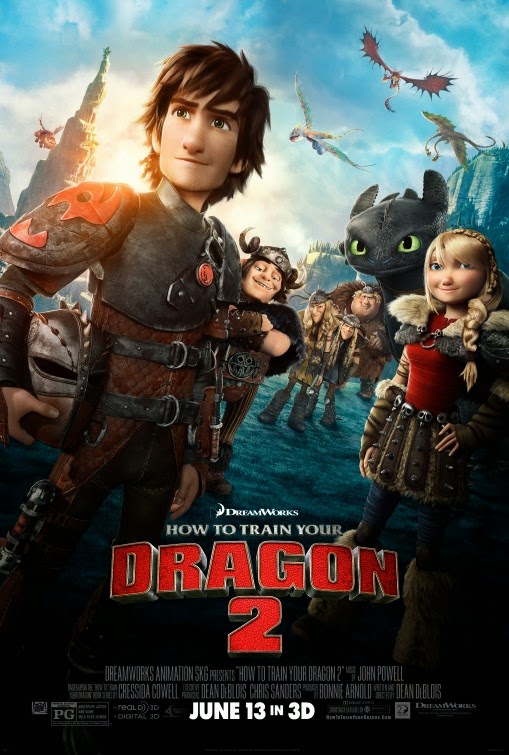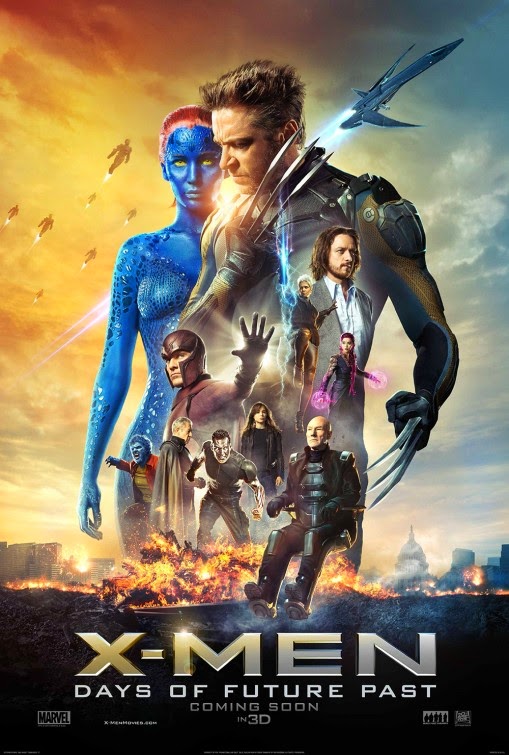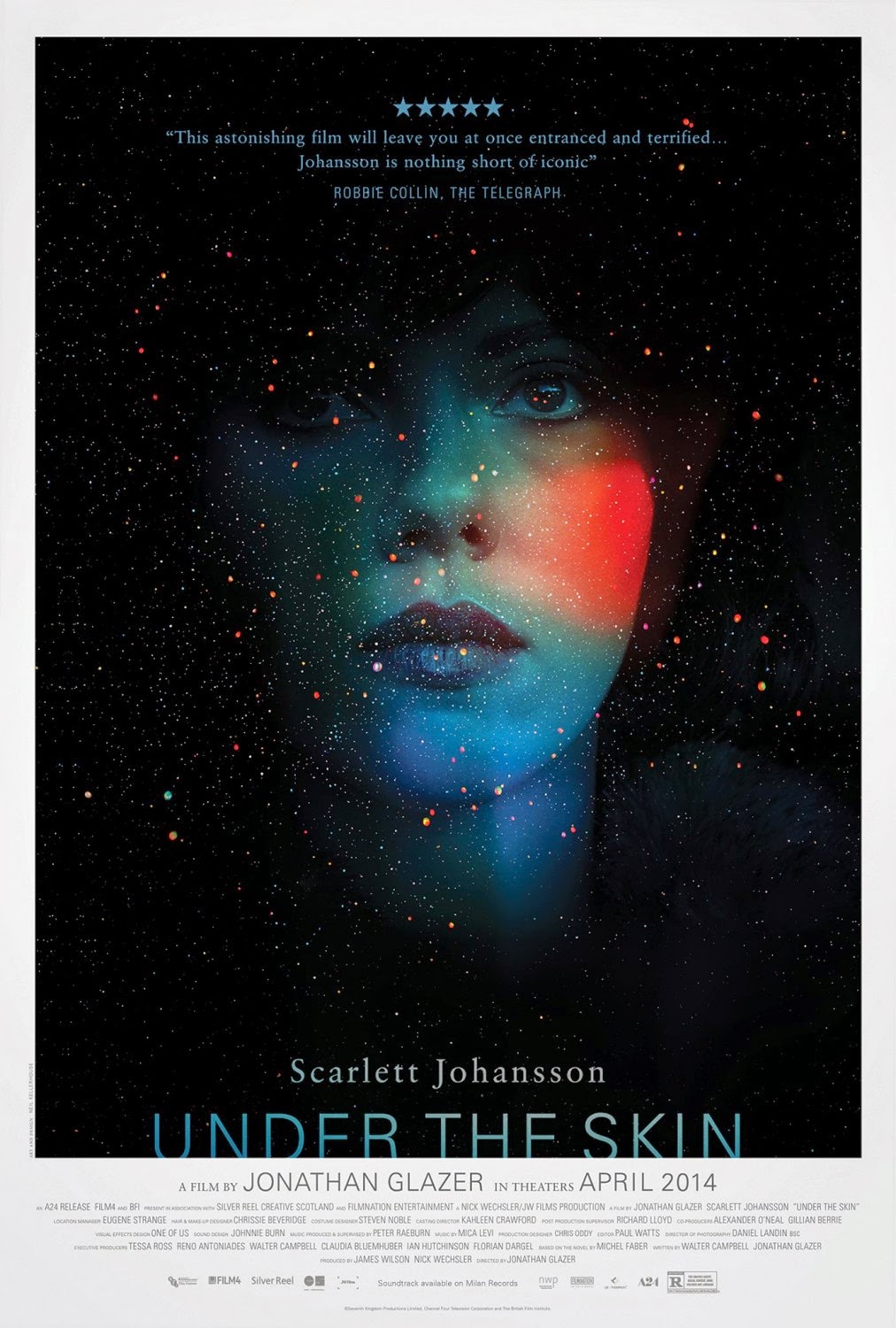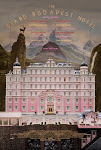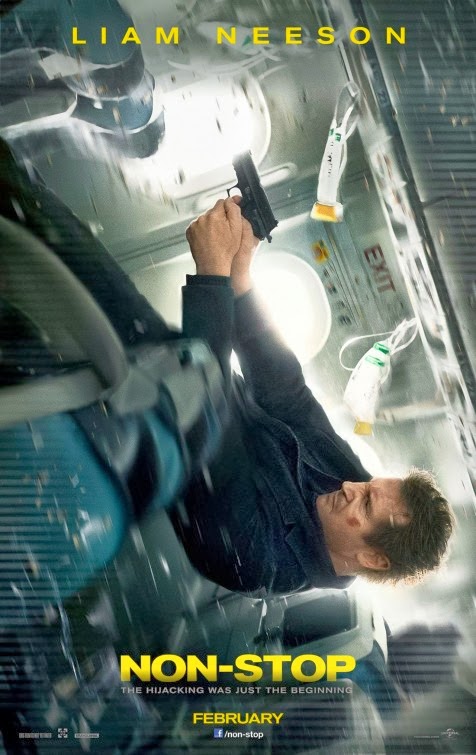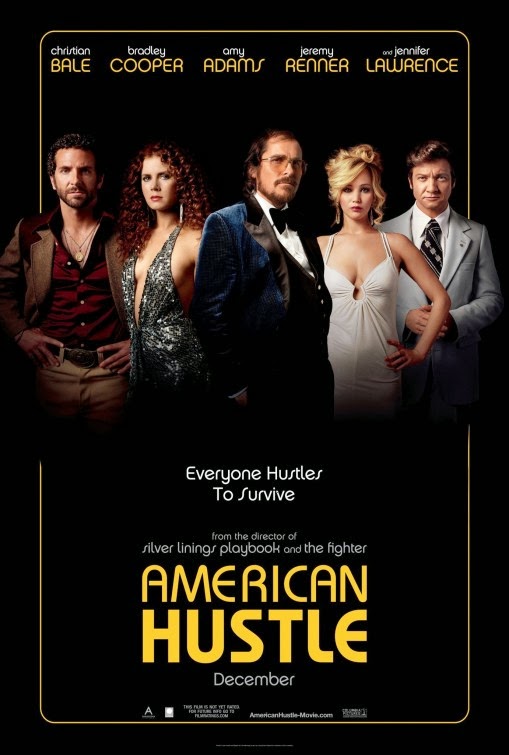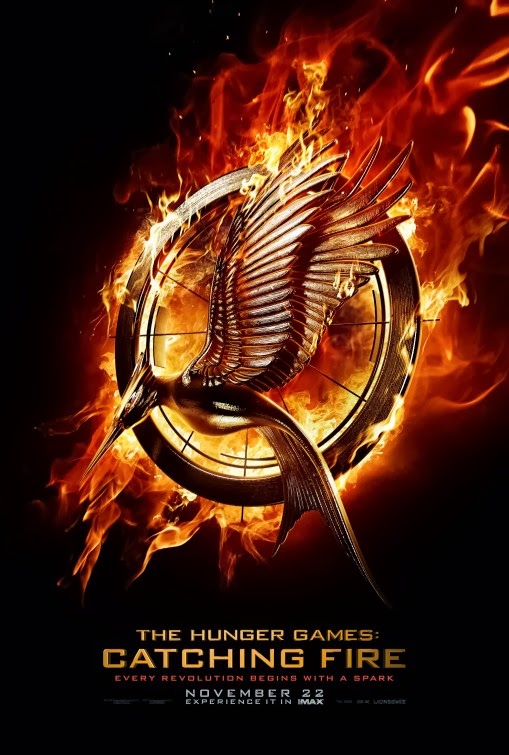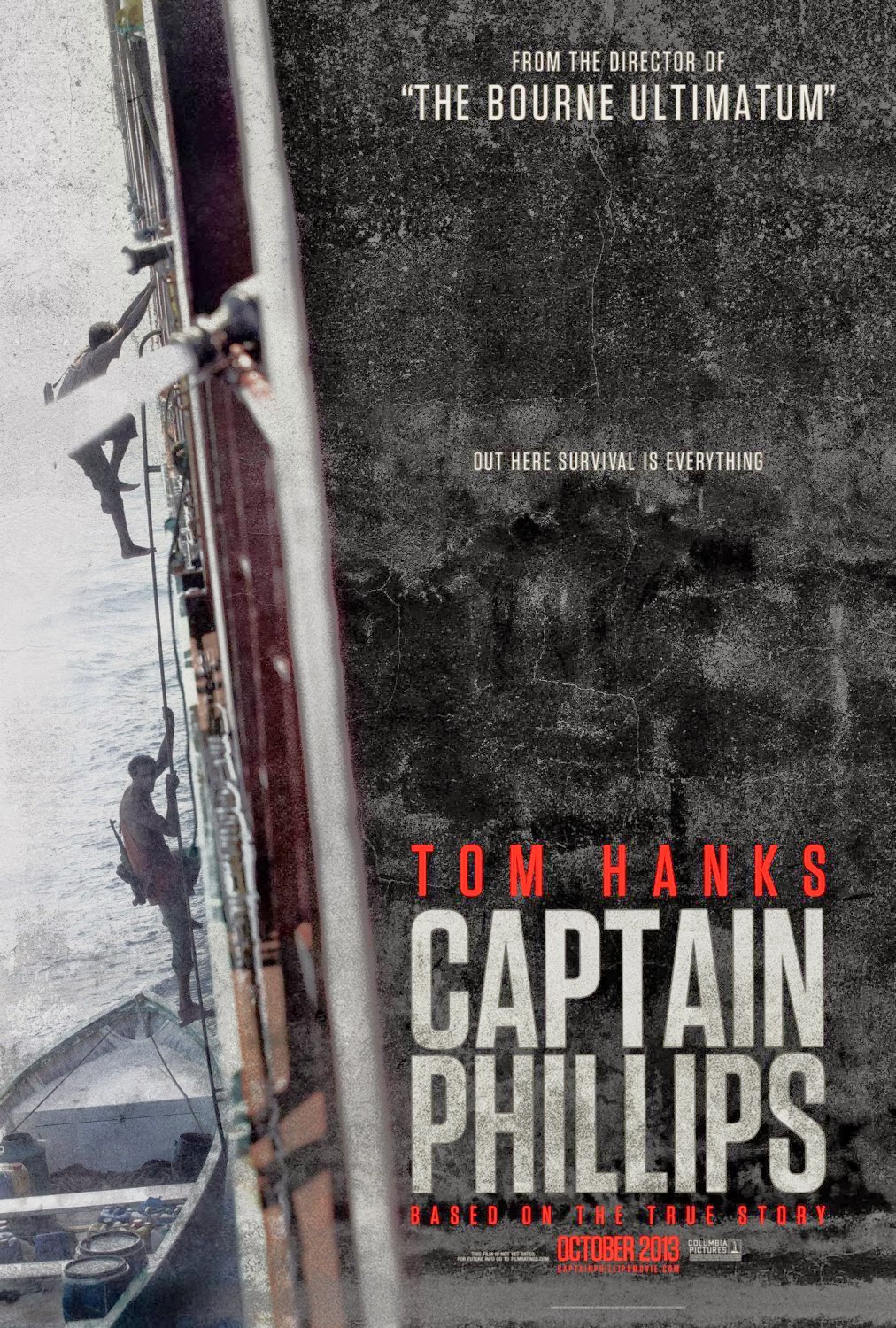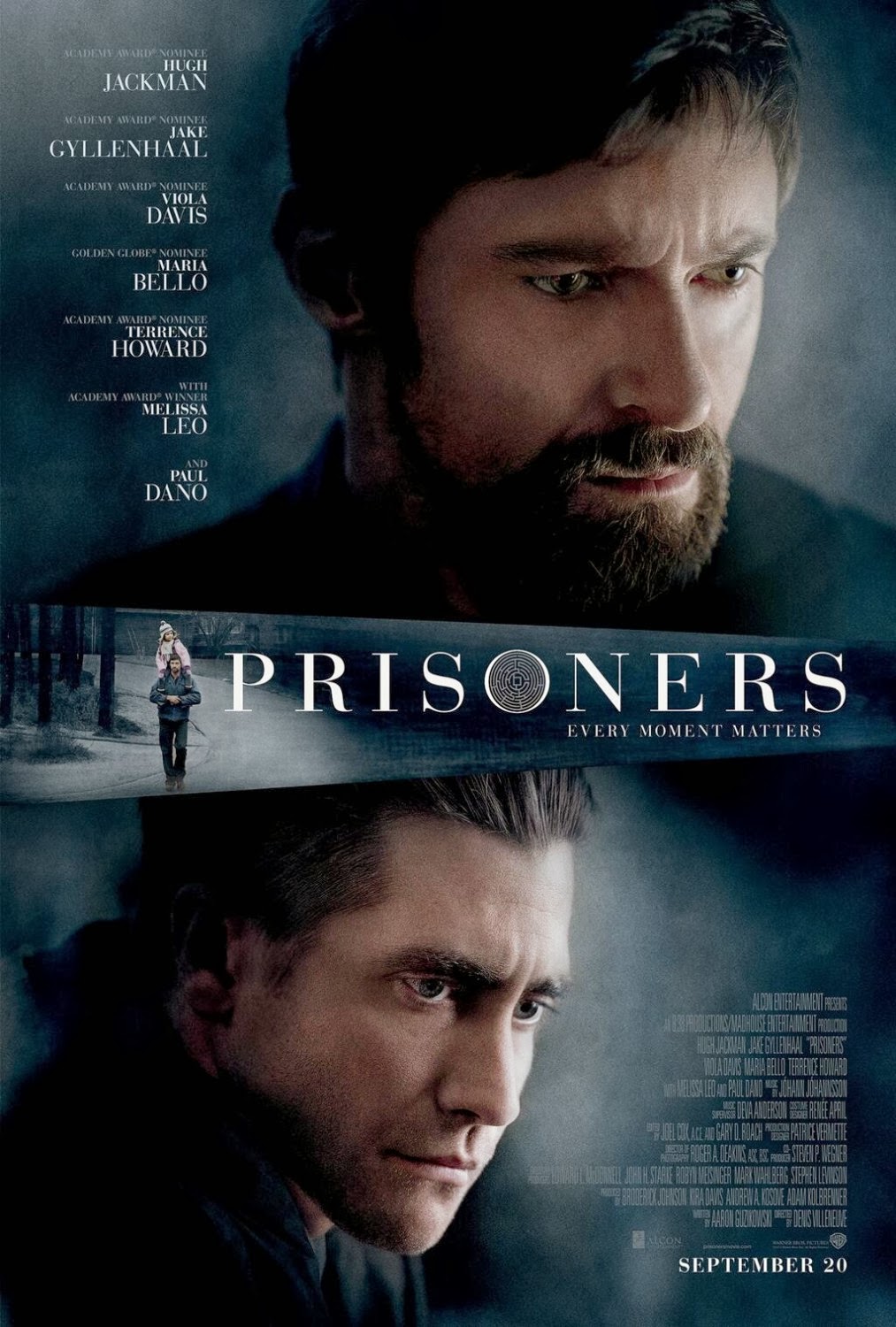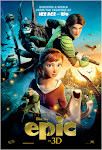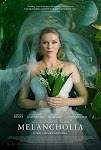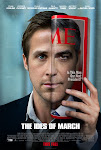Coastal View News
“Interstellar” has to be one of the more polarizing movies
in recent months. Many are head-over-heels in love with it; others gag just
thinking about it. This makes sense. There is plenty to love and plenty to hate
about this movie—plenty that’s great and plenty that’s pretty bad. So I can see
how one might think the great totally swamped the bad, or vice versa.
One thing we can all agree on is “Interstellar” is
ambitious. It takes a while to pinpoint the historical setting of its opening
scenes. At first it looks like 1930s dust bowl. Dirt everywhere. People trying
to live through crippling dust storms—trying to keep their crops alive, tractors
running, curtains clean, and lungs clear.
Then we see Cooper’s (Matthew McConaughey) beat-up pickup
truck, his clothes, and his family—his daughter, Murph (Mackenzie Foy), son,
Tom (Timothee Chalamet), and father-in-law, Donald (John Lithgow)—and it looks
more like the 1990s or early 2000s.
Then we see Cooper whip out some fancy electronic gismo and
it’s clear that we are in the future. Nonetheless, there is a reason it looks
like the 1930s dust bowl: The land has been ravaged, we humans are responsible,
and now we are paying for it. It is not clear what we did—it seems to be some
combination of global warming, bad farming practices and nuclear holocaust—but
this time it is not just Oklahoma, or the Midwest, or even just the United
States. This time the whole Earth is dying.
The only thing for the human race to do is call it a day—move
on, give up on Earth and look toward a new horizon. To be a bit more specific: People
need to find a new planet. Luckily a mysterious wormhole has opened up near
Saturn, and scientists believe that several habitable planets lie just on the
other side. So Cooper, his family, Oklahoma, the Midwest, and all of humanity
need a space cowboy. They need someone to go out there, wrangle with the wild
side of Mother Nature, and find out what’s up.
Cooper is that space cowboy. He has to go. And yet, his 10-year-old
daughter begs him not to. His 15-year-old son is stoic, but clearly needs his pa.
Cooper is torn, not just between his family and the rest of humanity, or
between life on the farm and a space adventure, but also between the felt need
to move on to a new frontier—to a new way of life—on the one hand and an
instinctual, arch-sentimental loyalty to Earth and its current inhabitants on
the other. Cooper always has one eye looking forward and one eye looking back—one
to the planets before him and one to the planet behind him; one to the future
and one to the past.
So does the good swamp the bad, or is it vice versa? Was it
true love or bitter hate? I think I am in the “love it” camp. I think. The
first 2/3 of the movie is, in many ways, masterful. It is beautiful,
compelling, well-acted, and intriguing. Perhaps the biggest highlight is the
score. The incessant, chilling organ reveals the universe to be our greatest
cathedral. It is a bold and ambitious score. Quite often it dominates all other
sound—even to the point of drowning out dialogue. But this is a brilliant move.
Despite outer space’s utter silence, the hounding, divine chorus of the
universe is deafening. The score alone—but also the rest of the first 2/3 of
the movie—are enough to garner my approval.
There is, however, the last 1/3 of the movie. Best to ignore
it. It is a mess. It pushes the story from science fiction to silly fiction, or
science farce, or you know whatever—it doesn’t so much push the bounds of physics,
cosmology, and astronomy as it dribbles out a bunch of words that kinda sound
deep but actually are not meaningful or coherent or interesting or cool or deep
in any way, shape or form. It is a cheesy and ham-handed finale. Halfway
through the movie I wondered: Can (filmmaker) Christopher Nolan do it? Can he
land the dismount? Can he give this movie the ending it deserves?
Nope.
But the first 2/3: That’s a good movie.




